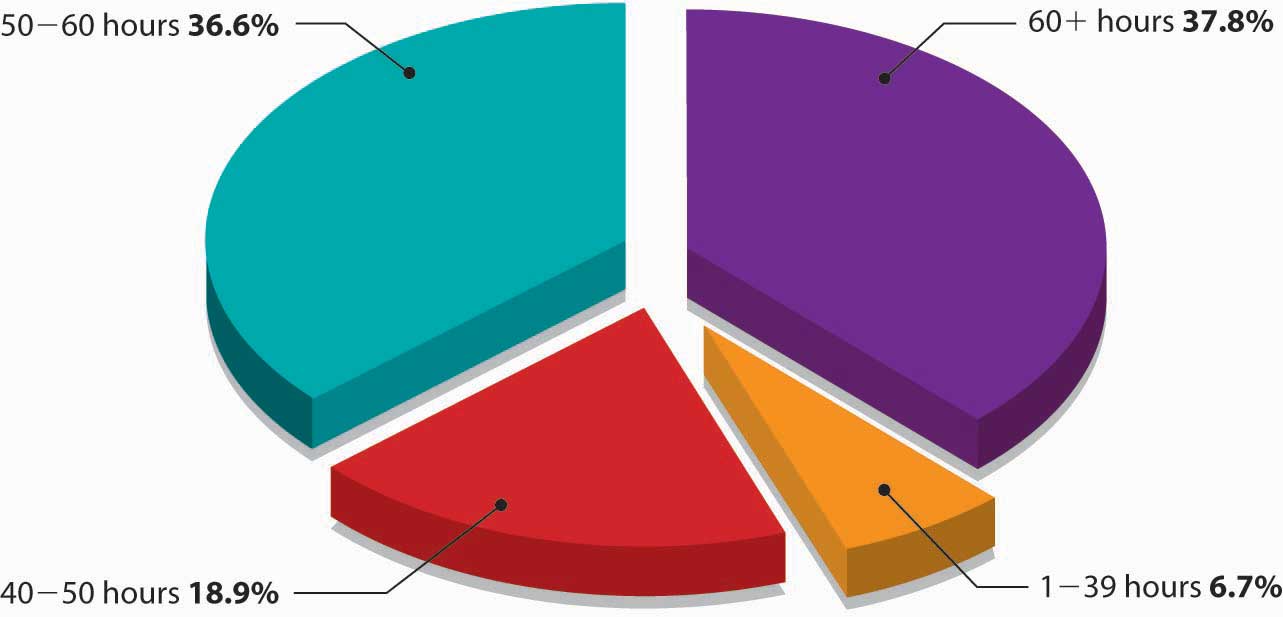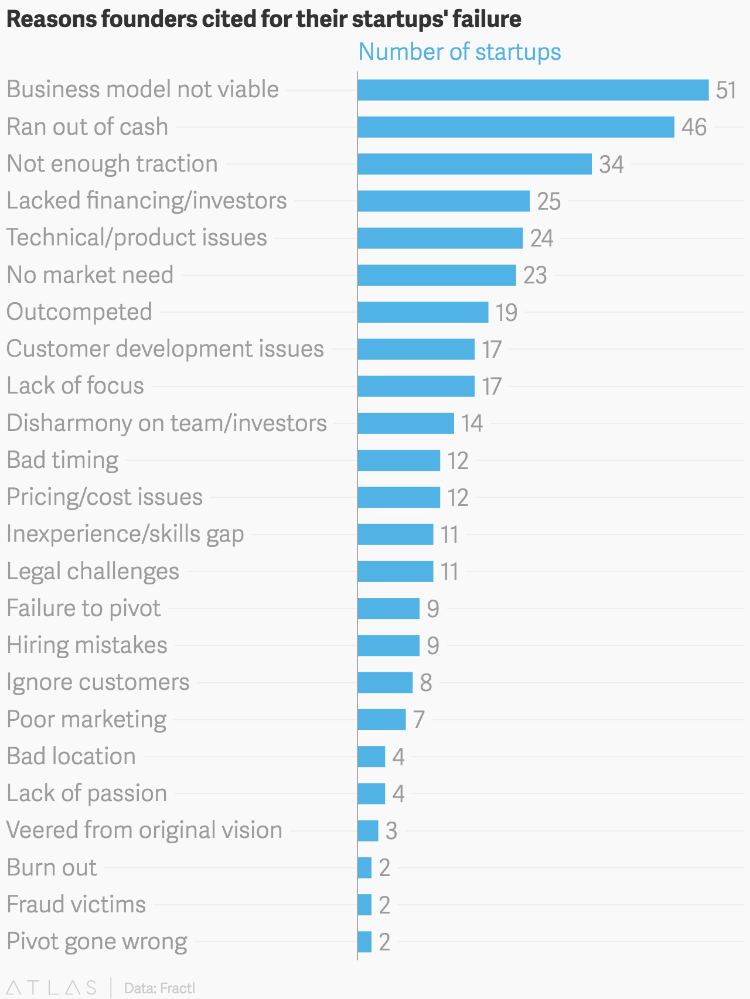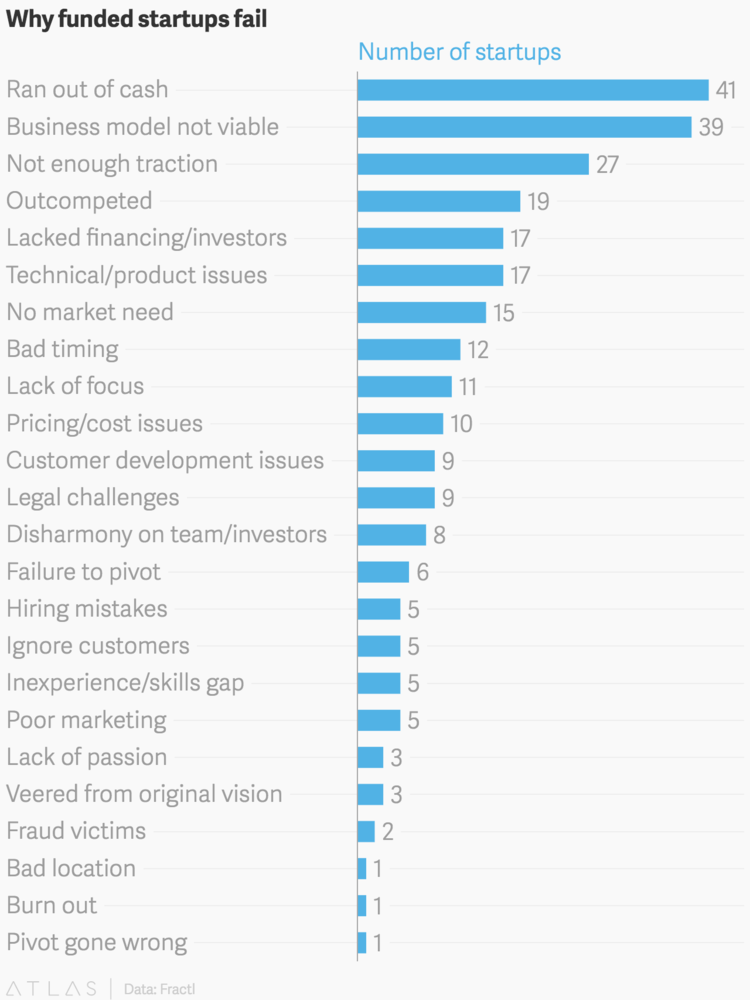“A business that makes nothing but money is a poor business.” – Henry Ford
Every business launched should be infinite and earn a profit ─ unless, of course it is a non-profit organization. Profitability has an impact on whether a company can secure financing from a bank or attract investors to fund its operations and grow its business. Continuous prosperity is earned most notably by tightly controlled financial management, including cash flow/liquidity, a methodical and lean operation, and a policy with emphasis on employee, vendor, as well as on a customer focused environment.
However, many businesses are not earning a decent profit margin or produced one for some time. Those companies are at a stage where they can be profitable anytime, but they prefer to invest money back into the company to keep the growth steady. However, there are also scores of them where they cannot survive without external debt or they are operating at a highly unsustainable business model such as selling merely on price with no unique selling proposition (USP) and instead, paying more attention at how fast they are growing.
How much profit should a business be earning?
A decent margin will vary considerably by industry and size of business, but as a general rule of thumb, a 10% net profit margin is considered average, a 20% margin is considered high, and a 5% margin is low. The industries with the highest average profit margins include:
Large Industries
- Software publishing
- Pharmaceutical
- Database, Storage & Backup
- Semiconductor industry
- Financial services (non-bank)
- Healthcare support services
Small to Mid-size Businesses (SMB/SME)
- Accounting services
- Lessors of real estate
- Legal services
- Management companies including consulting
- Orthodontic and dental offices
- Computer software and hardware technical operations

Industries with low profit margins include airlines, grocery stores and automobile dealers as they are typical examples of low-margin businesses. Capital and labor intensive industries usually have low profit margins, due to massive investments with a low return or a long term return (ROI).
For a complete list of industries and average profit margins click here.
Popular newer companies with high values but no profit
Some notable relatively young companies across the tech and lifestyle sectors such as Airbnb, Uber, Wayfair and Peloton, to name a few, have yet to break even since their inception despite the justification for high valuations which are generally around the future prospect of earnings, among other factors. All highly hyped start-ups had great stories of scale, regardless of whether their stories have yet turned-out as predicted. In fact, many are actually losing millions every year during the first decade (think Amazon). Reasons for not making any profit include, in part, a large investment in sales and marketing, product development, technology and operations. Some are less efficient with scale. Consequently, to make money, they will need to re-engineer their business model and manage costs from running far ahead of revenues.
How to restore your business gains
There are several measures to take to make certain your business thrives, and profits are frequent, as well as attractive.
- Your profit margins ought to be in line with your industry or better. Consider offering a premium product which will yield a better profit and reputation. Avoid markdowns as they are profit-killers. In addition, enhance your brand image and increase the perceived value of what you are selling.
- Negotiate better pricing agreements with your suppliers to reduce the costs of goods and widen your margins. Negotiate for discounts. You may want to include free shipping or other offers such as receiving extra products for free. This works well when you are purchasing in bulk.
- Reduce supply chain costs and inefficiencies. One way to accomplish this is by shipping product in less than a full truckload (LCL) as it is more costly when it is full (FCL). Making several deliveries each week is more expensive than just one.
- Streamline your operations and reduce operating expenses. Automate specific tasks in your business such as putting repetitive activities on autopilot. This way, you can reduce the time, manpower, and operating expenses required to run your business. Cut overtime and excess staffing as much as it is feasible and control other expenses by implementing rigid budgets and needless expenses. If the purchase does not contribute to the growth and improvement of the business, it should not be made in the first place.
- Avoid over leveraging as this entails having a significant amount of debt in use along with a debt service strain. While debts used to generate revenue can increase revenue and profit over time, excessive debt can inhibit profitability. Keep your debt on the wise and strategic side of things.
________________________________________
Request your TWO FREE chapters of this popular book with no obligation.
















































